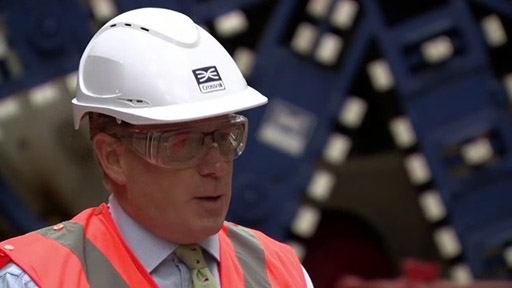2.1.3 Diffusion
The final definition of innovation that we consider is from the work of one of the most influential writers on the diffusion of innovations, Everett Rogers, and is concerned primarily with how innovations spread. Rogers has defined innovation as follows:
An innovation is an idea, practice or object that is perceived as new by an individual or other object of adoption. It matters little, so far as human behaviour is concerned, whether or not an idea is ‘objectively’ new as measured by the lapse of time since its first use or discovery.
As Rogers is concerned primarily with why people and organisations decide whether or not to adopt an innovation, it matters less whether that innovation is absolutely novel than that it is new to a would-be adopter and the circles in which they move. An understanding of how and why a target audience of people or organisations decides about an innovation can be critical to its success or failure. We will look at elements of the diffusion of innovation in a little more detail later in this course.
Activity 1
Now you have been introduced to a range of ideas about – and definitions of – innovation, watch these five short clips from the Open University/BBC co-production Built in Britain (2012) in which a range of interviewees talk about examples of innovation and related issues.
Videos 1–5: Watch all five videos

Transcript: Video 1: Interview with Andrew Wolstenholme of Crossrail
Interview with Andrew Wolstenholme of Crossrail

Transcript: Interview with Rob Holden of HS1

Transcript: Interview with Colin Matthews of BAA

Transcript: Interview with Ken Burgin, Chief Executive of the Cotswold Canal Trust

